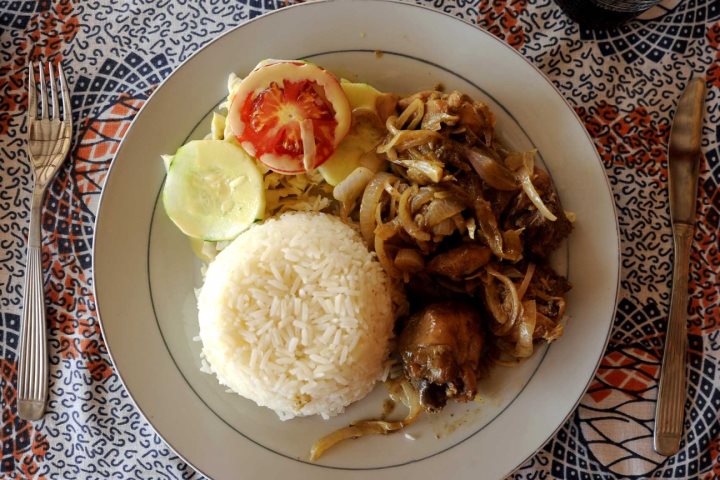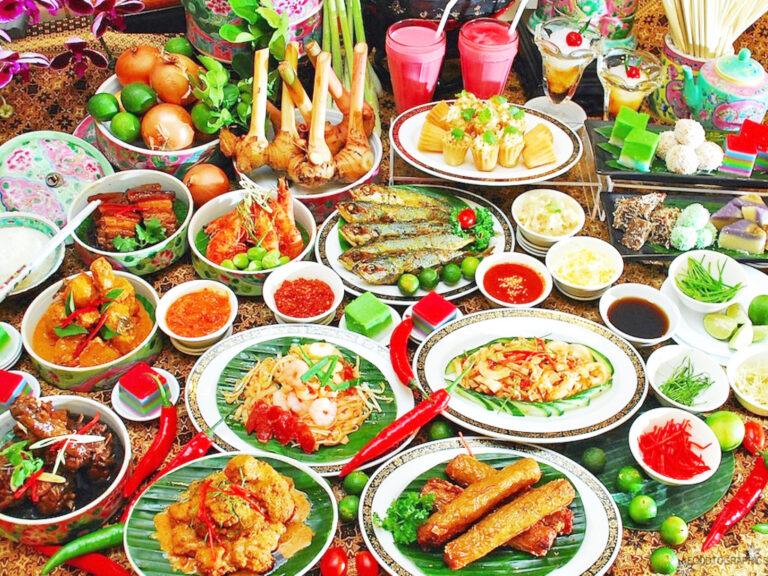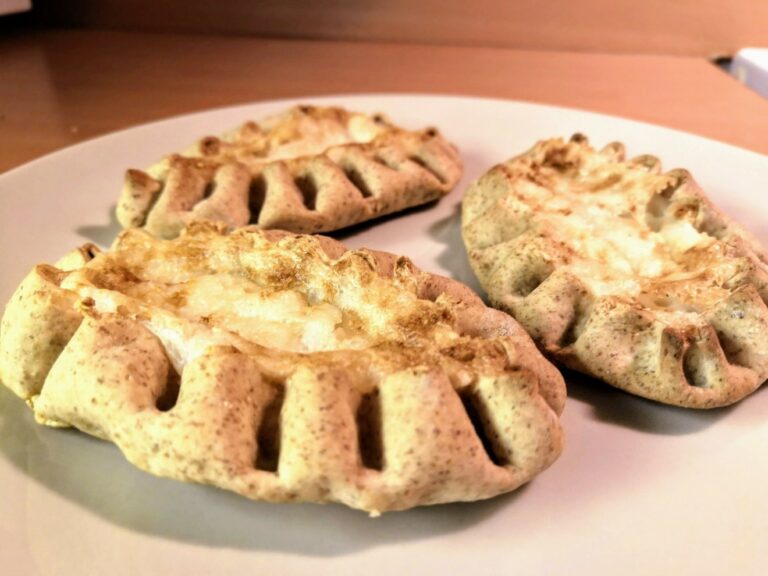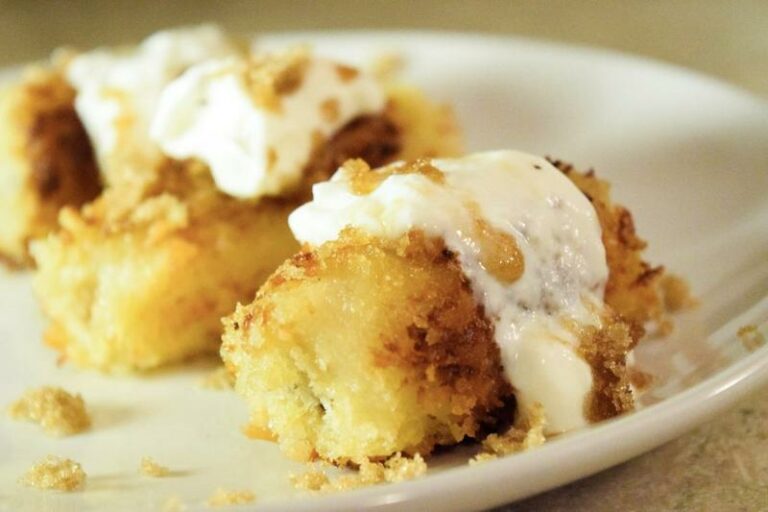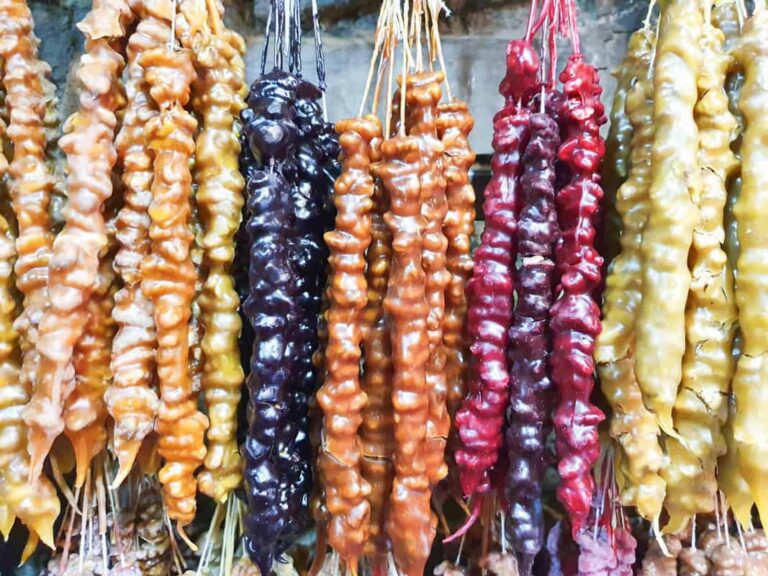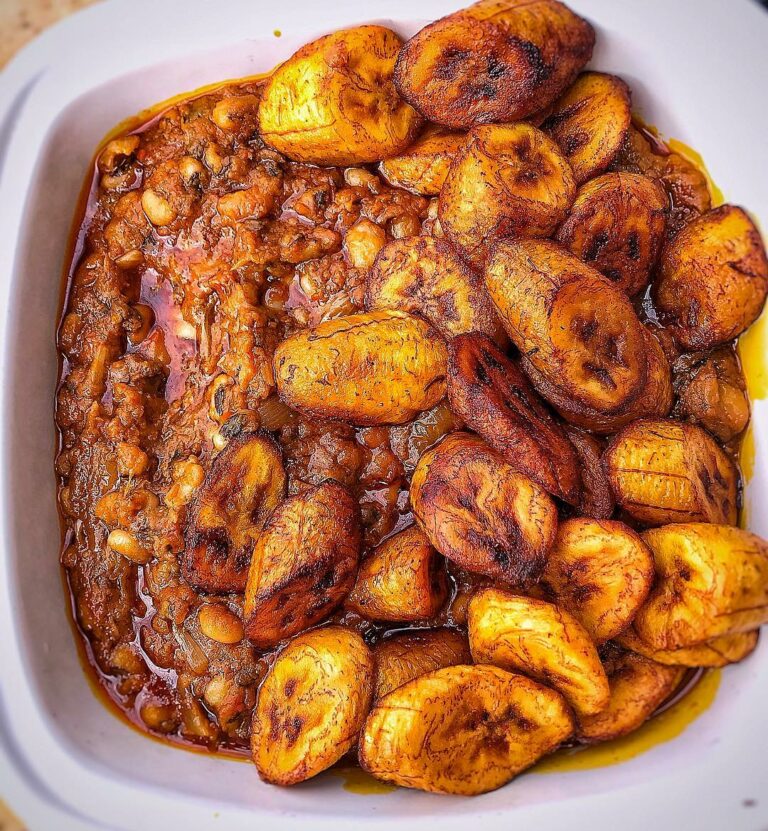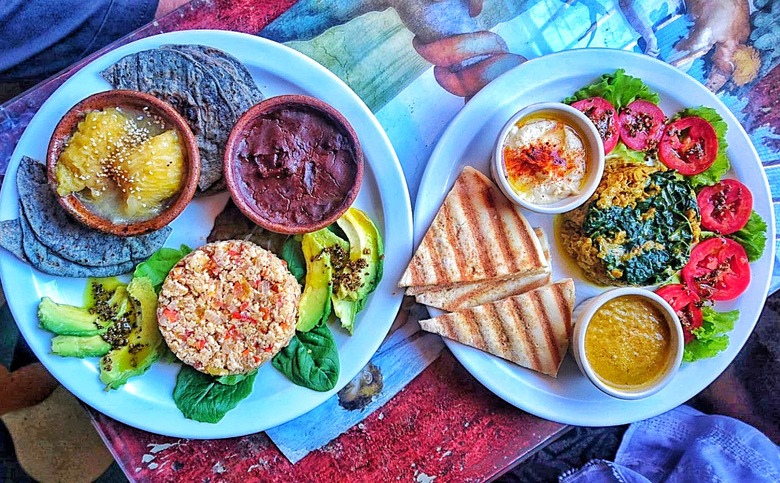Introduction: Exploring Eritrean Cuisine
Eritrean cuisine is a reflection of the country’s rich history and diverse cultural influences. Located in the Horn of Africa, Eritrea enjoys a unique position where East Africa meets the Middle East. This geographical location has resulted in a fusion of culinary traditions that have been passed down through generations.
Eritrean cuisine is characterized by its diverse array of spices, herbs, and aromatics. The cuisine largely consists of stews, curries, and grilled meats served with injera, a sourdough flatbread. However, the cuisine also features a range of sweets and pastries that are enjoyed throughout the country.
Understanding the Role of Sweets and Pastries in Eritrean Culture
Sweets and pastries play an important role in Eritrean culture, particularly during special occasions and festivals. Traditionally, sweets and pastries were reserved for special occasions such as weddings, christenings, and religious celebrations. However, they have become more widely available and are now enjoyed on a daily basis.
Sweets and pastries in Eritrea are often seen as a symbol of hospitality and generosity. It is not uncommon for guests to be presented with a tray of sweets and pastries upon arrival at someone’s home. They are also a popular gift to bring when visiting friends and family.
The Influence of Neighboring Countries on Eritrean Sweets and Pastries
Eritrean sweets and pastries have been influenced by neighboring countries such as Ethiopia, Sudan, and Yemen. As a result, many of the sweets and pastries found in Eritrea have similar versions in other countries in the region. However, Eritrean sweets and pastries have their own unique flavors and preparations that set them apart.
Overview of Traditional Eritrean Sweets and Pastries
Eritrean sweets and pastries come in many different forms, but they are often made with honey, sugar, and spices. Some of the most popular traditional sweets and pastries in Eritrea include Tegele, Zlebia, and Biscocho.
Tegele, a Popular Eritrean Sweet Made from Honey and Flour
Tegele is a sweet made from honey and flour that is often shaped into small balls. It has a chewy texture and a sweet, nutty flavor. Tegele is a popular snack in Eritrea and is often enjoyed with a cup of tea or coffee.
Zlebia, a Fried Sweet Dough Popular in Eritrean Festivals
Zlebia is a fried sweet dough that is often served during festivals and celebrations in Eritrea. It is usually made with flour, sugar, and yeast and is shaped into small balls or rings before being deep-fried. Zlebia has a crispy texture and a sweet, syrupy flavor.
Biscocho, a Spiced Biscuit with Portuguese Influence
Biscocho is a spiced biscuit that has Portuguese origins but has become popular in Eritrea. It is usually made with flour, sugar, butter, and spices such as cinnamon and nutmeg. Biscocho is often enjoyed with coffee or tea and is a popular snack in Eritrea.
Conclusion: Eritrean Sweets and Pastries, a Unique Culinary Experience
Eritrean sweets and pastries are a unique and delicious part of the country’s cuisine. They are often made with simple ingredients but are full of flavor and history. Whether enjoyed as a snack or presented as a gift, Eritrean sweets and pastries are a symbol of hospitality and generosity.



